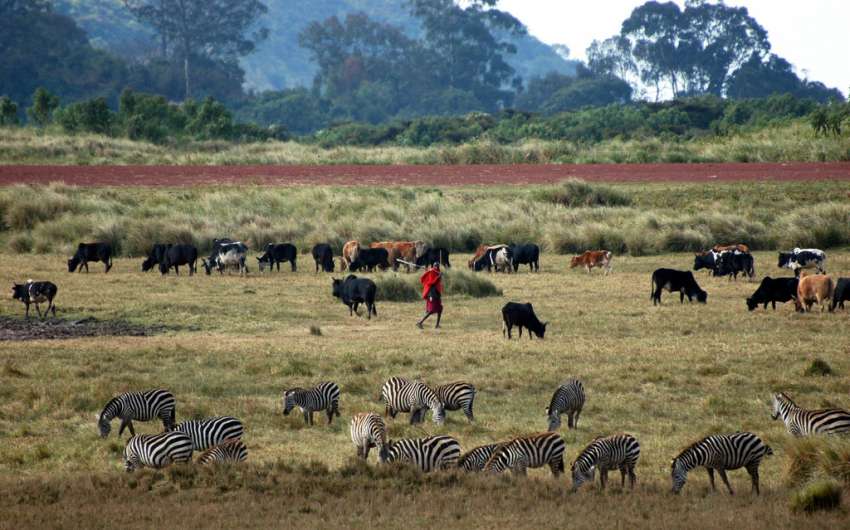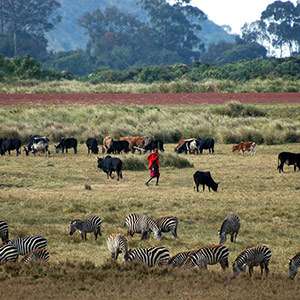Results from research over the past 12 months
November 22nd, 2015
Our project sites in Simanjiro district are based in the heart of the Maasai Steppe in northern Tanzania. The residents are predominantly Maasai cattle herders who traditionally keep large herds of cattle. The availability of water and grazing areas is increasingly becoming an limiting factor to keeping cattle. For this reason, as people herd their cattle in search of water and grazing, they encroach upon areas that are in close proximity to wildlife, hence increasing their own vulnerability as well as that of their livestock to vector-borne infections transmitted by wildlife.
Our studies in the past 12 months have shown that the Maasai community in the Simanjiro district possess a good level of knowledge on tsetse flies. The Maasai communities are aware that tsetse flies cause trypanosomiasis in their cattle. However, they have little knowledge of Human African trypanosomiasis, the disease the tsetse fly transmits to humans, and the majority of those interviewed had no previous experience of this disease.
Interestingly, this community knowledge on tsetse flies and trypanosomiasis corresponds to the findings from monthly examinations of the prevalence of trypanosomes in vector tsetse flies, in which, to date, we have not found any human infective species of trypanosomes in over 1,500 tsetse flies.
The communities under study have been cooperative and have shown willingness to get information about trypanosomiasis from the project, particularly regarding the prevalence of this disease in their cattle. This desire for information has accelerated since a recent feedback of research findings to the community in August, 2015. Our preliminary findings show no human cases of trypanosomiasis, but with a 3% prevalence rate of cattle-infective trypanosomes in vectors.
We have now completed our monthly prevalence assessment of trypanosomes in tsetse flies and our current activities are focussed on assessing community vulnerability and trypanosome infection prevalence in cattle in several bomas in the study area. We are generating exciting results on these issues and we anticipate reporting our full results within the next few months. As the ongoing seasonal rains may shift the pattern of results, we are intensifying our efforts to accomplish our project objectives in view of this climate variability.

Study site in the Maasai Steppe, northern Tanzania.
